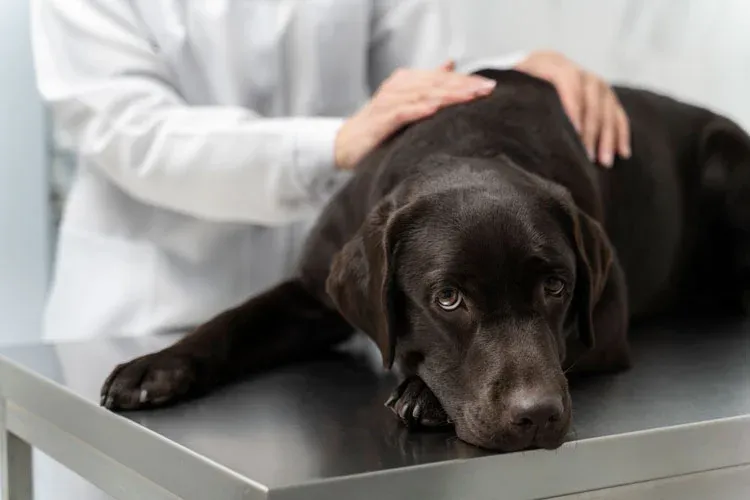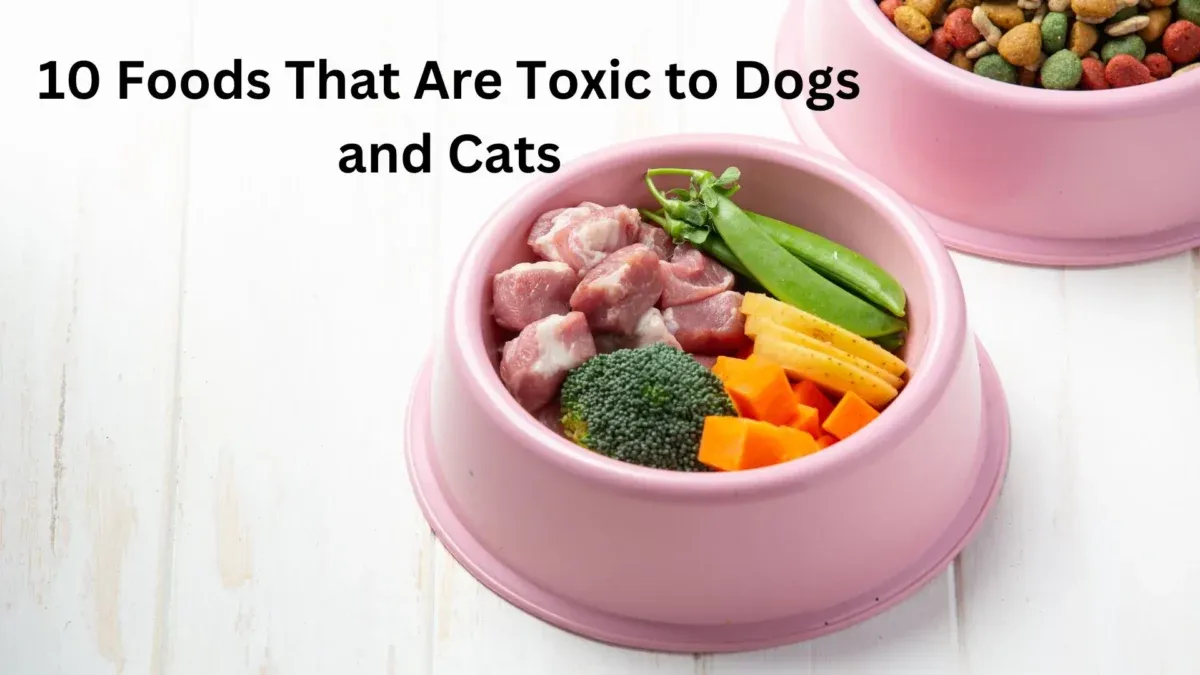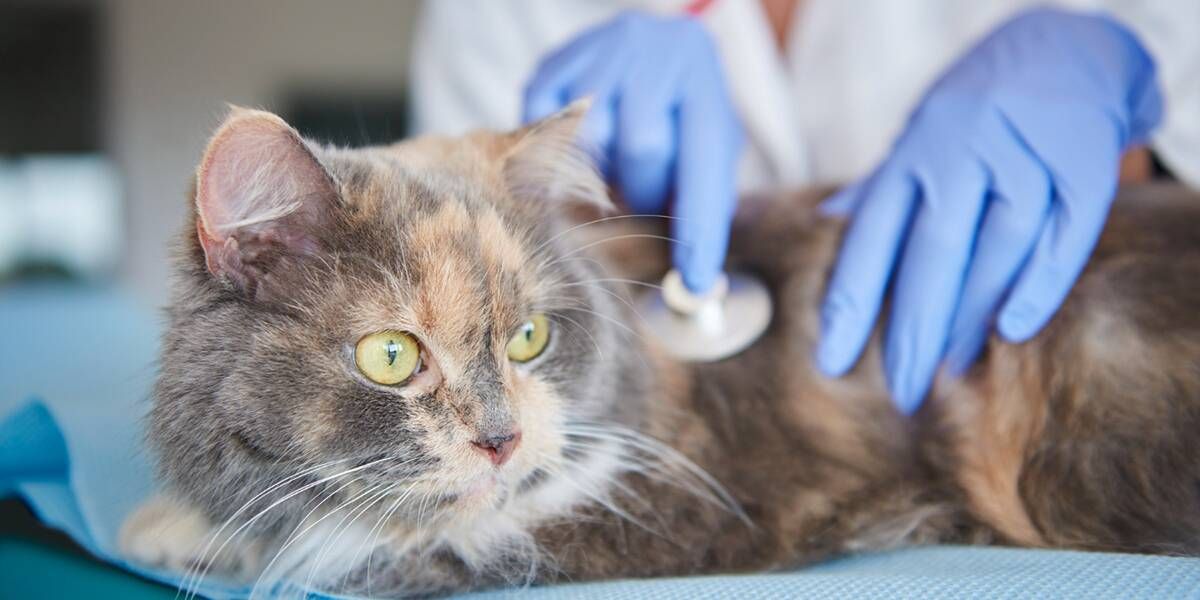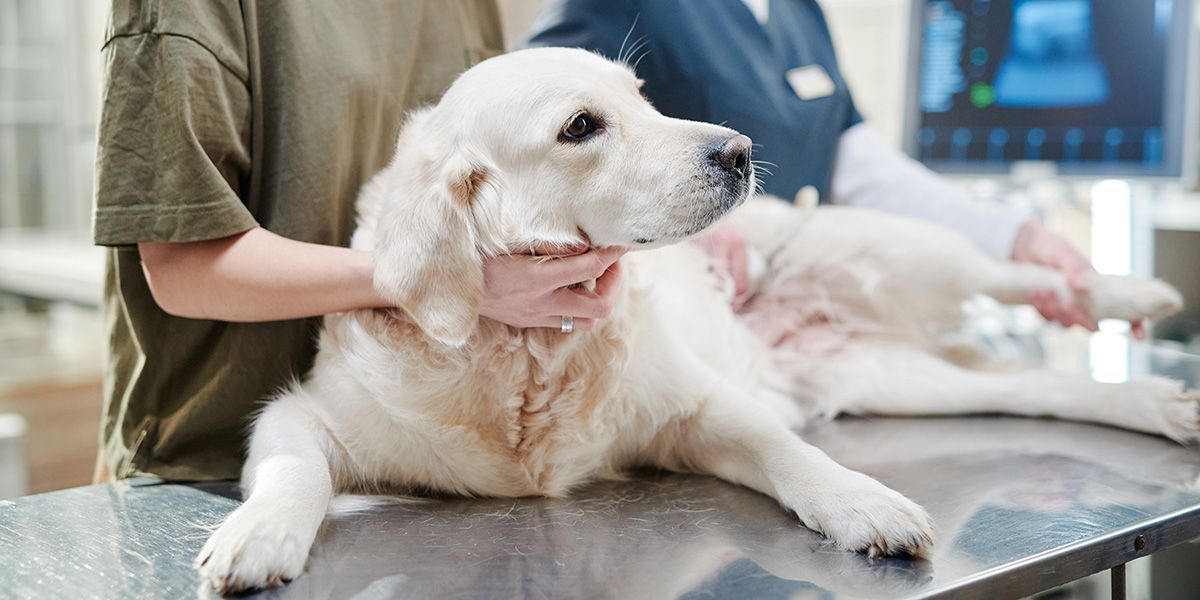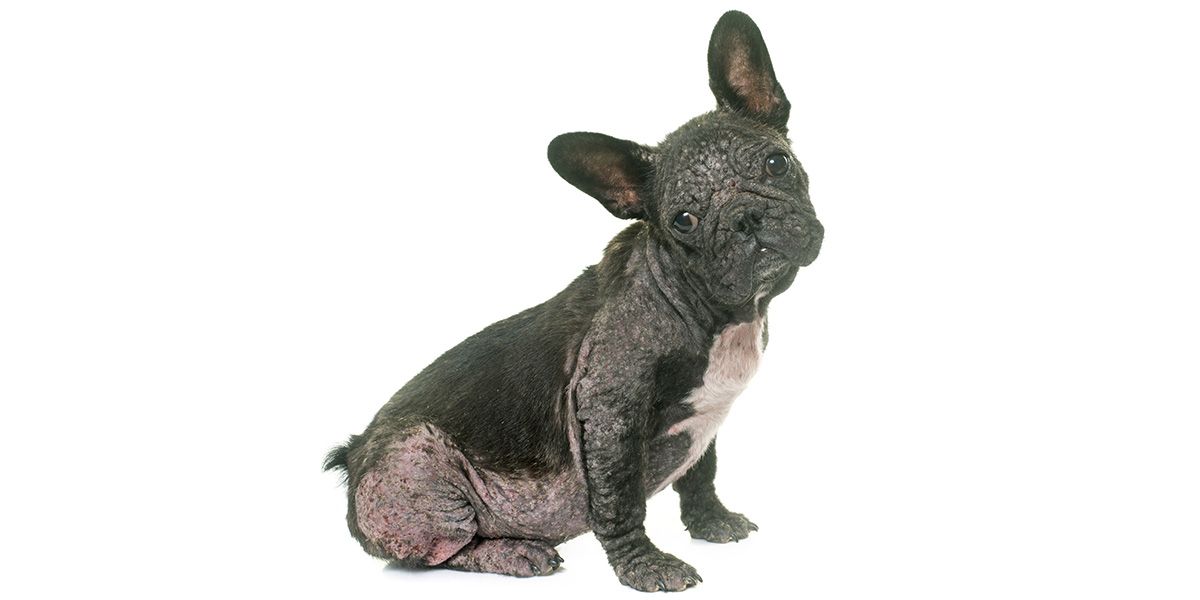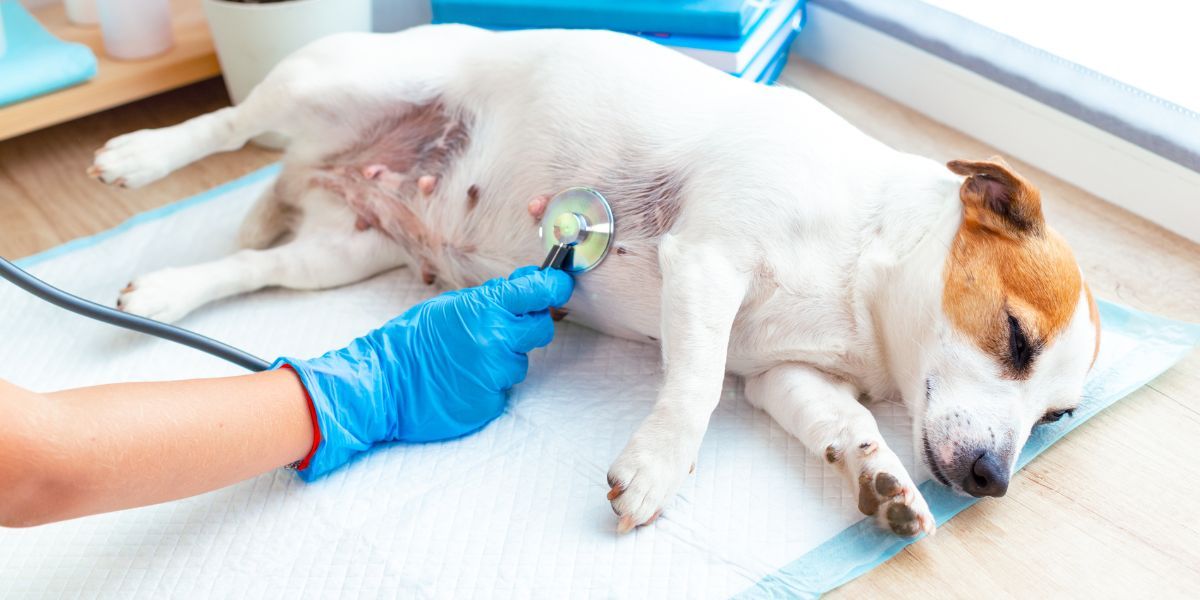Affordable Pet Care in Tucson: How to Budget for Your Pet’s Health
Pet ownership brings immense joy, but veterinary costs can create anxiety for many Tucson families. The good news? With proper planning and smart choices, you can provide excellent care for your furry companions without breaking the bank. At Santa Cruz Veterinary Clinic, we’ve been helping Tucson pet owners access quality, affordable veterinary care for over 40 years. Here’s how to budget effectively for your pet’s health needs.
Understanding Essential vs. Optional Pet Expenses
Not all veterinary expenses carry equal weight. Prioritizing correctly helps you allocate your budget where it matters most.
Essential Care (Non-Negotiable)
Spaying or neutering ranks as the single most important investment in your pet’s health. This procedure prevents serious health issues like reproductive cancers, reduces behavioral problems, and saves money long-term by avoiding emergency complications. At Santa Cruz Veterinary Clinic, we require spaying/neutering for all clients because we’ve witnessed firsthand how this preventive care protects pets and saves owners from costly future treatments.
Core vaccinations protect your pet from deadly diseases like rabies, distemper, and parvovirus. Skipping vaccines to save money now can lead to devastating—and expensive—illnesses later. Annual wellness exams catch health problems early when they’re most treatable and affordable.
Important But Flexible
Dental cleanings, while important, can sometimes be scheduled strategically during slower financial months. Grooming needs vary by breed—short-haired pets require less professional grooming than long-haired breeds. Non-emergency concerns can often wait until your next budgeted vet visit rather than requiring an immediate appointment.
Creating Your Annual Pet Budget
Most Tucson pet owners can expect these baseline annual costs:
For Dogs:
- Spay/neuter (one-time): $120-$350 depending on size
- Annual vaccinations: $50-$100
- Heartworm prevention: $60-$120
- Wellness exam: $45-$65
- Emergency fund contribution: $200-$500
For Cats:
- Spay/neuter (one-time): $50-$85
- Annual vaccinations: $40-$80
- Flea/tick prevention: $50-$100
- Wellness exam: $45-$65
- Emergency fund contribution: $200-$500
These estimates represent basic care. Add food, supplies, and unexpected health issues to your calculations.
Money-Saving Strategies Without Compromising Care
Choose the Right Veterinary Clinic
Not all veterinary clinics charge the same rates. At Santa Cruz Veterinary Clinic, our mission is to provide affordable care to Tucson’s underserved communities. We maintain transparent pricing and focus on essential services rather than unnecessary add-ons. Don’t assume expensive clinics provide better care—our experienced team delivers exceptional medicine at prices working families can afford.
Prevent Problems Before They Start
Prevention always costs less than treatment. Regular vaccinations prevent diseases that could require hospitalization and cost thousands. Spaying and neutering prevent reproductive emergencies and cancers. Maintaining a healthy weight through a balanced diet helps prevent diabetes, joint problems, and heart disease. Monthly parasite prevention stops expensive infestations and diseases like heartworm.
Build an Emergency Fund
Unexpected veterinary emergencies create the most significant budget disruptions. Start small—even $10-20 monthly adds up. Aim for $500- $1,000 in dedicated pet emergency savings. This fund means you can address health problems immediately rather than waiting until payday or considering surrender.
Consider Payment Options
Many veterinary clinics, including Santa Cruz Veterinary Clinic, work with CareCredit, a healthcare credit card that offers interest-free payment plans for qualified applicants. Ask about payment plans for larger procedures. Some clinics offer wellness plans that spread annual costs across monthly payments.
Tucson-Specific Considerations
Tucson’s desert climate creates unique pet health needs affecting your budget. Summer heat increases veterinary visits for heatstroke and paw pad burns. Valley fever, common in Southern Arizona, requires expensive testing and treatment. Rattlesnake encounters need immediate emergency care. Budget extra for these regional concerns if you spend significant time outdoors with your pet.
When Cost Becomes a Barrier
Financial struggles shouldn’t mean choosing between your pet’s health and your family’s needs. Santa Cruz Veterinary Clinic works with Asavet Charities, a nonprofit providing subsidized care to owners in need. We’re committed to finding solutions that work for your situation.
If you’re experiencing temporary financial hardship, communicate openly with your veterinarian. We can prioritize urgent care, discuss payment options, and connect you with resources. Never avoid necessary veterinary care because of cost—we’re here to help.
Making Affordable Care Work for You
Responsible pet ownership doesn’t require unlimited resources—it requires smart planning and the right veterinary partner. At Santa Cruz Veterinary Clinic, we’ve built our practice on the principle that every pet deserves quality care regardless of their owner’s income level.
Ready to establish affordable, comprehensive care for your pet? Call us at 520-889-9643 or visit us on our website. Let’s work together to keep your furry family member healthy within your budget.


